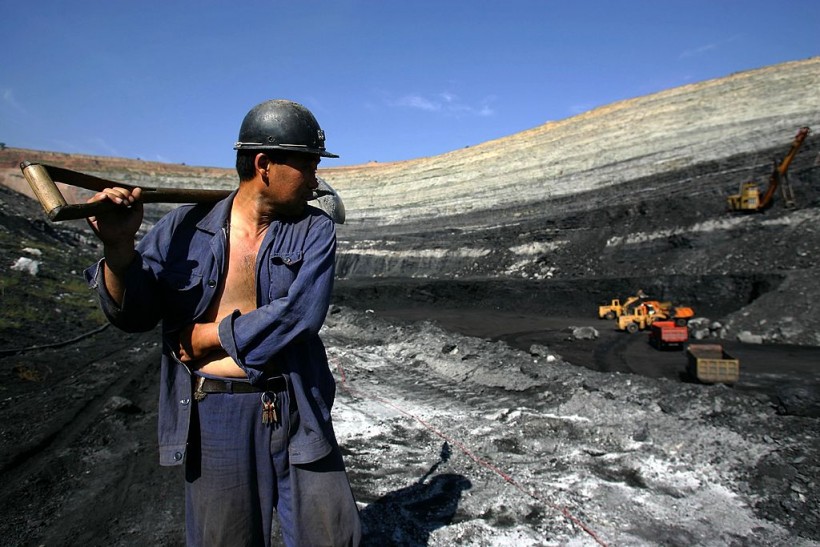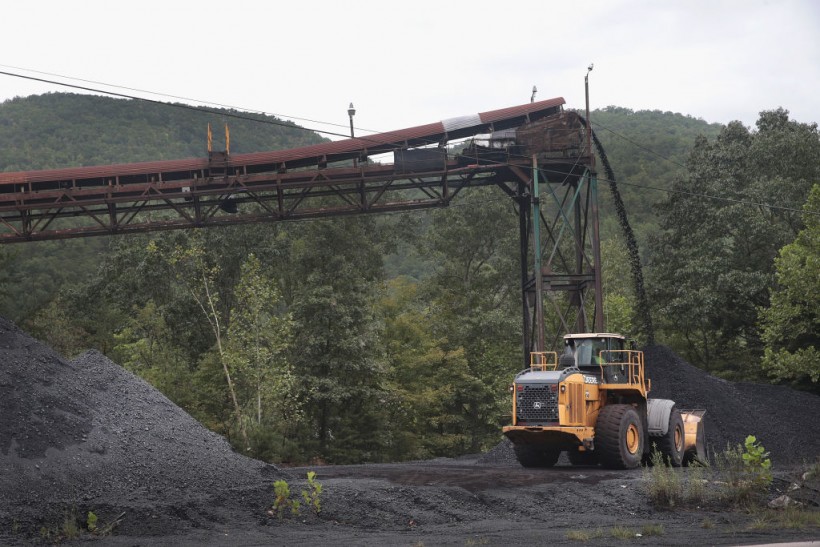Legally, coal producers are required to repair damaged land, but some avoid their responsibilities. Large U.S. coal corporations were discovered to have transferred existing mines to dubious new owners through bankruptcy and asset transfers, in violation of federal regulations requiring land restoration, according to a Bloomberg News/NPR investigation.
Coal Mining

Even the most extensive and intricate mining operations are only ever transitory. The mine must eventually be shut down, and the area must be returned to its pre-extraction form after removing the most easily accessible and valuable elements. This includes screening nearby water, soil, and air for toxins, concealing mine openings, replacing grass and trees, and more.
Because of how drastically the coal industry has altered the ecosystem, it is sometimes impossible for damaged landscapes to recover naturally. To mitigate the harmful impacts of mining coal and other minerals, a technique known as land reclamation has arisen. The difficulties of landscape rehabilitation and the restoration of its productivity, ecological integrity, and economic and aesthetic worth are also covered in this extensive, multidisciplinary subject.
Also Read: Huge Portion of Koala Habitat to be Turned Into a Coal Mine
Impacts of Mining

According to a decade's worth of official records collated by Climate Home News, mine reclamation in the US seldom restores the land to its pre-mining levels of productivity or wildness, even when allowed by state authorities. Most allegedly abandoned mines become low-value grasslands, leaving towns already struggling with the loss of mining employment without any other options.
"All of this is done to create the impression that they have recovered these locations, while in reality, it is just lifeless ground. You can't plant anything in what is essentially clay mud and shell rock, and that's pretty much all that's left behind once mining is finished, as any inexperienced gardener can tell you. It's simply this desolate terrain, with all the topsoil poured into the valleys.
The US coal sector is expected to remain stagnant since production has decreased by a third in the last ten years. Coal mining has impacted more than a million acres. What happens to this property will determine the future of the towns that grew up around the mining industry as additional mines close.
Reclaiming Mines
Mine reclamation is restoring mined land to an environmentally or commercially viable state. Although mine reclamation is a process that happens after mining is finished, preparation for mine reclamation operations before a mine is approved or even starts operating. Mine reclamation produces functional landscapes that serve a range of purposes, from the establishment of industrial and municipal resources to the restoration of productive ecosystems. Mine reclamation is typical of contemporary mining techniques in the United States. The environmental consequences of mining are lessened through contemporary mine reclamation.
Considering that the U.S. Congress passed the Surface Mining Control and Reclamation Act, and several rules have been implemented to guarantee that mining sites are run ethically and that any environmental harm is repaired. For instance, the United States Department of the Interior established the Office of Surface Mining Reclamation and Enforcement (OSMRE) to handle coal mine restoration.
Related Article: Study Revealed that 20% of Mines All Over the World are "Sustainable"
For more environmental news, don't forget to follow Nature World News!
© 2024 NatureWorldNews.com All rights reserved. Do not reproduce without permission.


![Climate Change is Reducing Dust Levels Worldwide as Arctic Temperature Warms [Study]](https://1471793142.rsc.cdn77.org/data/thumbs/full/70320/280/157/50/40/climate-change-is-reducing-dust-levels-worldwide-as-arctic-temperature-warms-study.jpg)

![Tsunami Hazard Zones: New US Map Shows Places at Risk of Flooding and Tsunamis Amid Rising Sea Levels [NOAA]](https://1471793142.rsc.cdn77.org/data/thumbs/full/70325/280/157/50/40/tsunami-hazard-zones-new-us-map-shows-places-at-risk-of-flooding-and-tsunamis-amid-rising-sea-levels-noaa.jpg)
